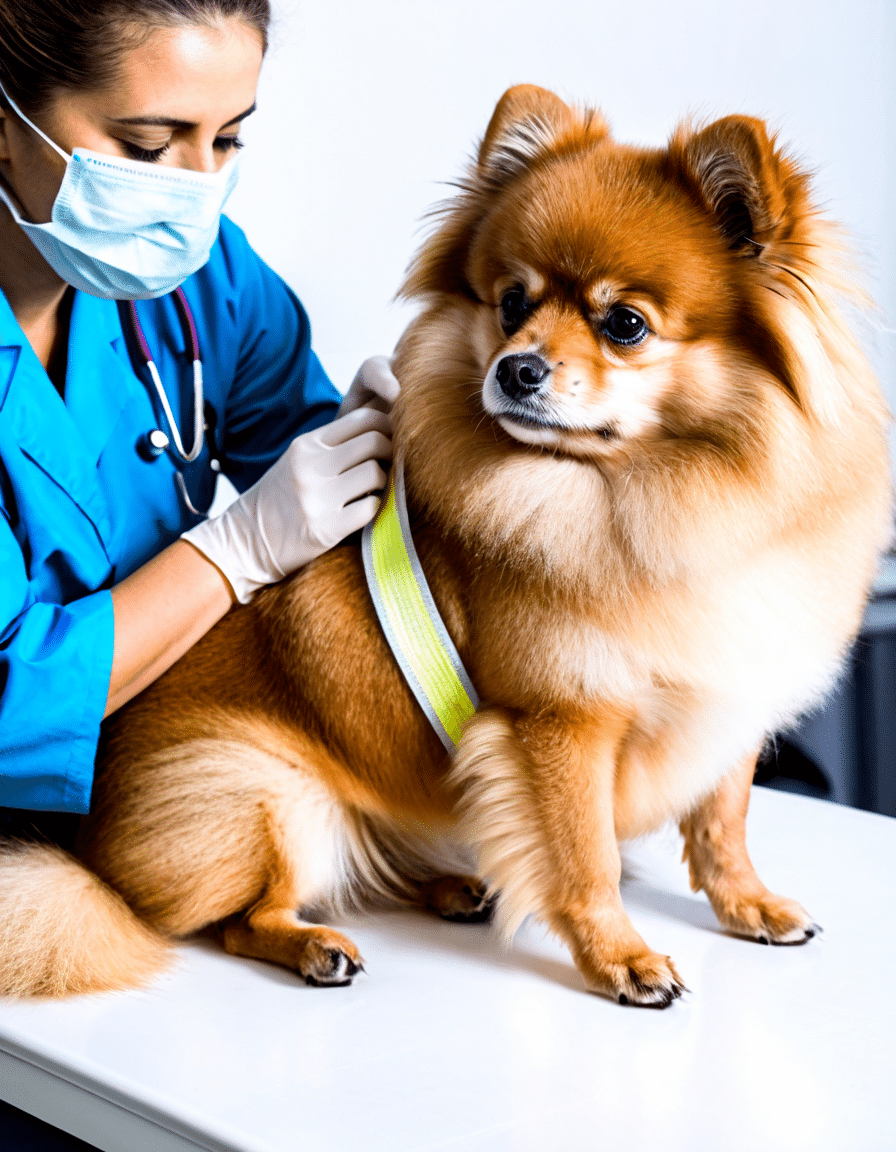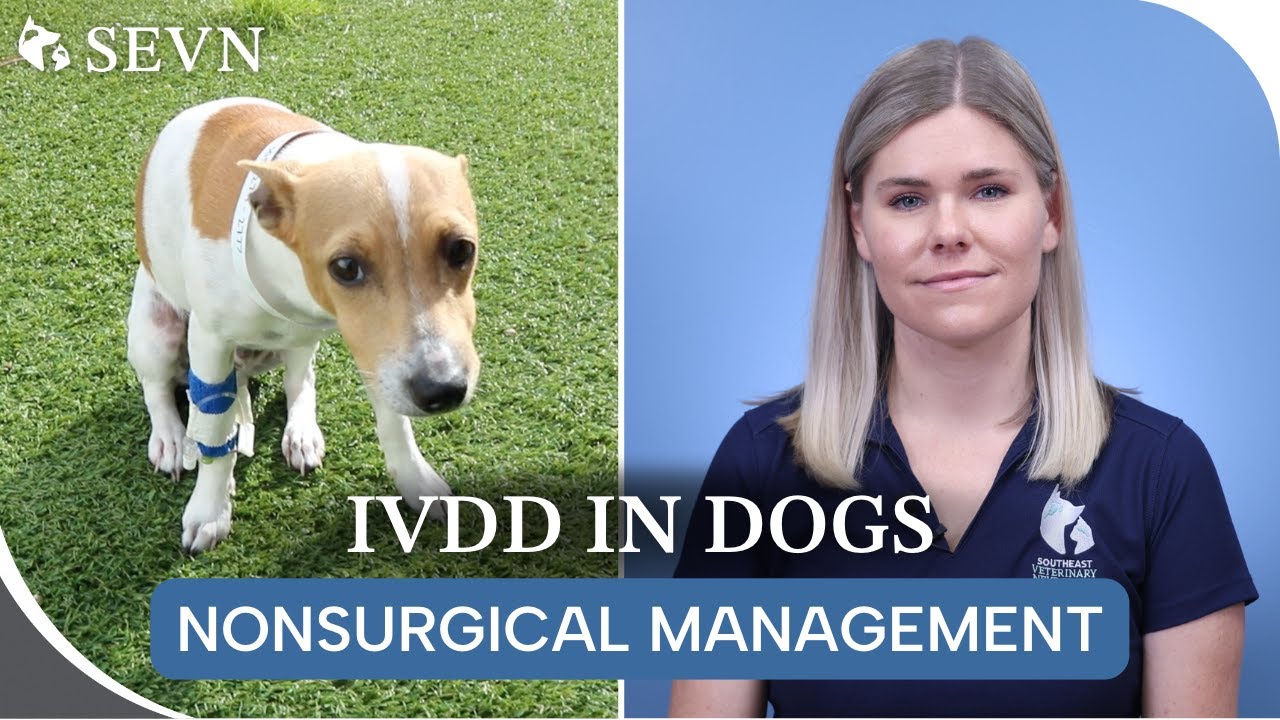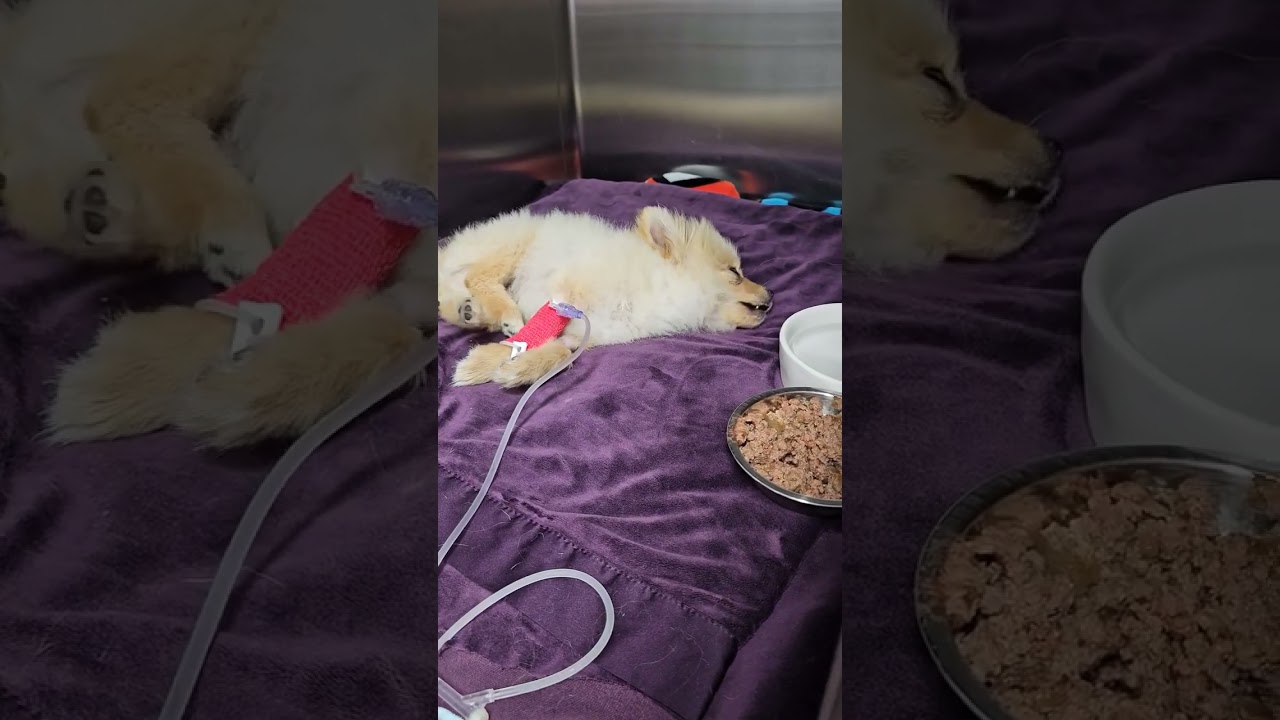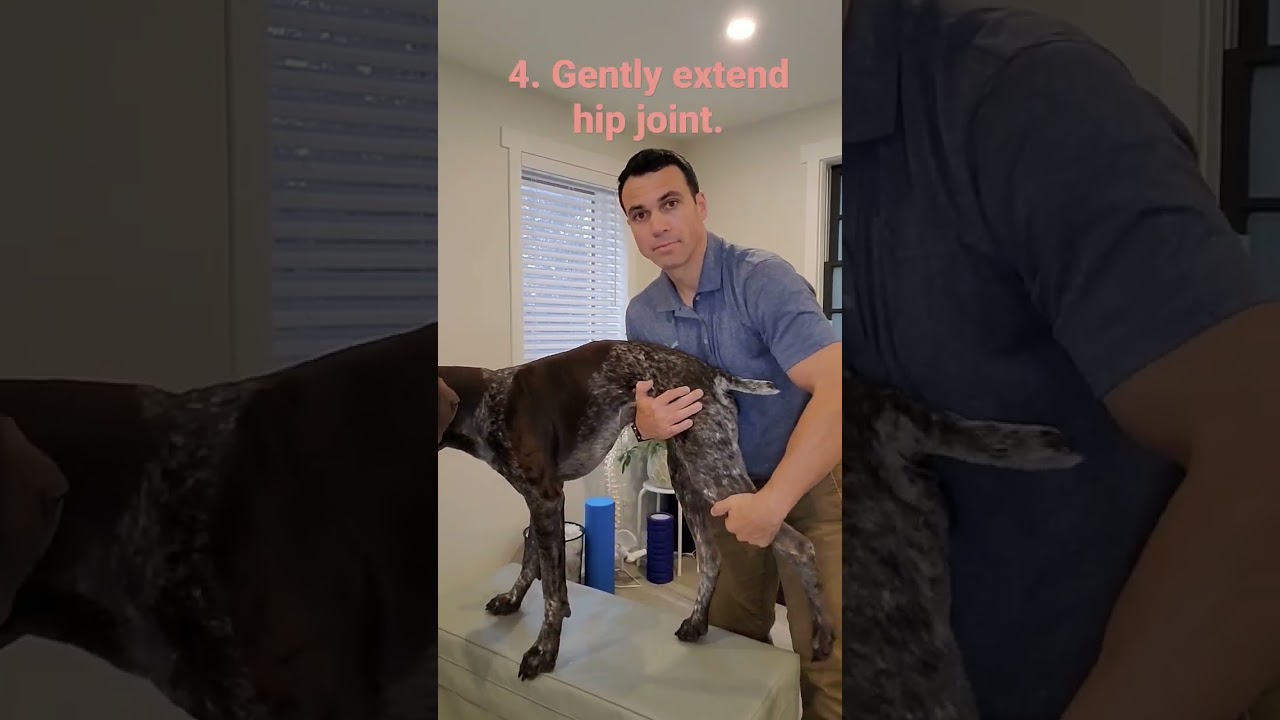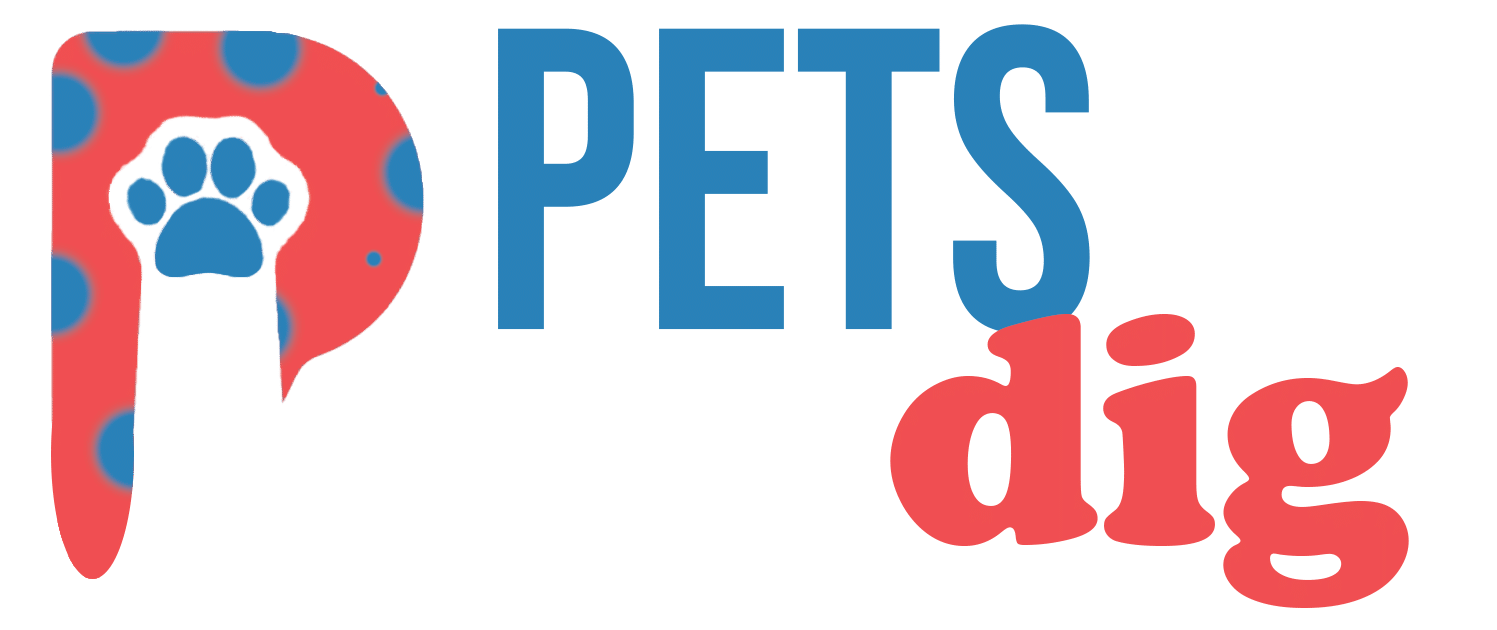Pomeranians are a bundle of energy wrapped in a fluffy coat, captivating the hearts of pet lovers everywhere. However, just like their larger canine counterparts, Pomeranians can suffer from health issues, particularly neck and back pain. It’s vital for owners to be proactive and recognize the signs of neck or back pain in Pomeranians. By staying attentive to these signs, you can ensure your little buddy leads a happy and pain-free life.
In this guide, we’ll dive into the key signals that may indicate your Pomeranian is dealing with neck or back issues. We’ll also touch on related conditions like ACL injuries. Let’s get started and look out for those furry signs of discomfort!
Top 7 Signs of Neck or Back Pain in Pomeranians
Detecting pain in Pomeranians can be challenging, as they often hide their discomfort. Familiarizing yourself with these signs of neck or back pain in Pomeranians can help you catch issues early and seek appropriate care.
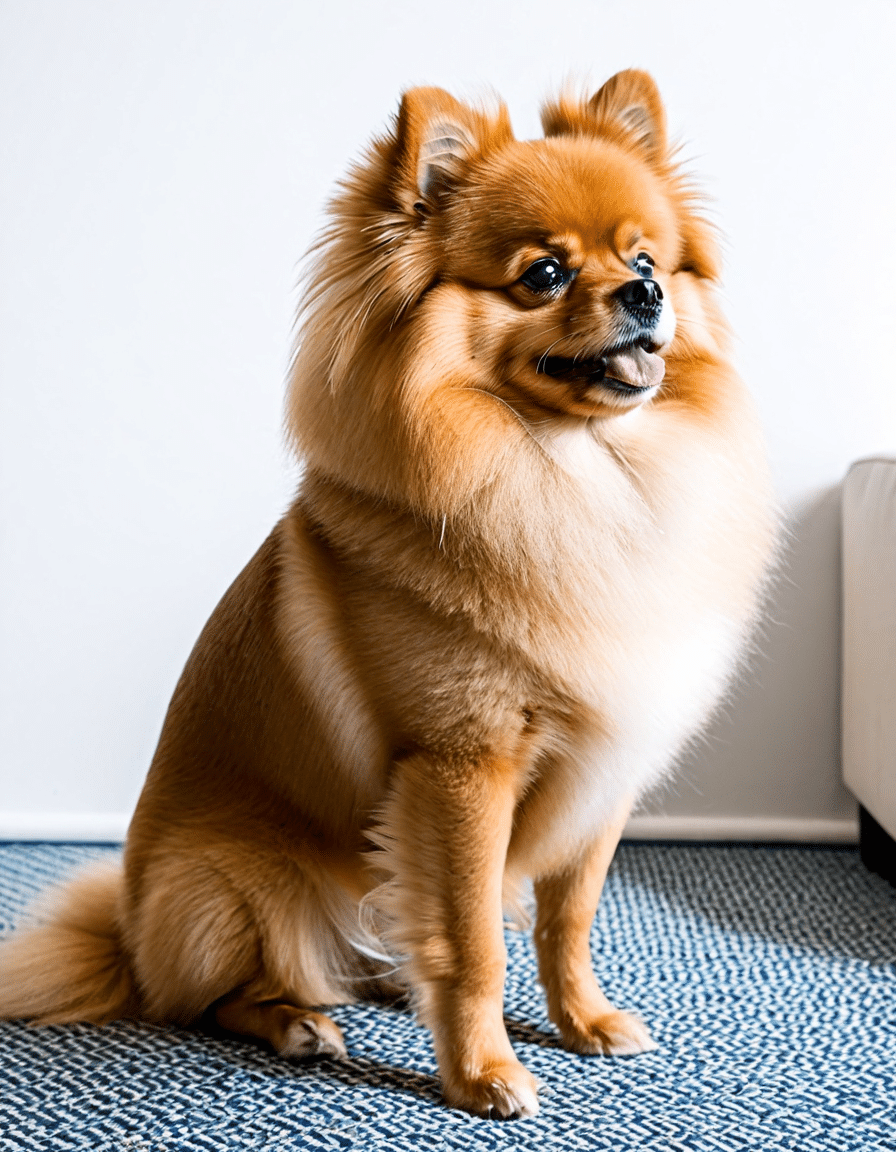
1. Changes in Posture
A Pomeranian in pain might adopt a different stance. If your pup seems to hunch over or keeps their head low, that’s a red flag. They may also be slow to engage in playful activities, preferring to remain still. It’s important to note any unusual adjustments in posture as it can indicate discomfort.
2. Difficulty in Movement
If your furry friend struggles to jump onto the couch or goes stiff when climbing stairs, it could mean something isn’t right. Pomeranians may hesitate to walk or seem unsure of their footing. When you notice these behaviors, think of it as their way of saying, “Something hurts!”
3. Wincing or Whining
Pain often speaks louder than words! If your Pomeranian vocalizes—whining or yelping—when performing routine actions, like jumping up or being handled, it may signal distress. Pay close attention to any unusual sounds; they can be a clear indication that something isn’t quite right.
4. Changes in Behavior
You might notice a shift in your Pom’s enthusiasm. A previously playful pup may retreat to a quiet corner, losing interest in family activities. This behavioral change can indicate that your Pomeranian is dealing with pain, urging you to investigate further.
5. Sensitivity to Touch
Your touch should be a source of comfort but not always. If your Pomeranian flinches or moves away at the mere touch of their neck or back, it may be a sign of pain. This sensitivity is critical to recognize as it highlights areas of discomfort that may require veterinary attention.
6. Altered Grooming Habits
Grooming is essential for the health of your Pomeranian’s coat. However, if your dog focuses on certain areas less than usual or avoids grooming altogether, it can indicate discomfort. Observe how they position themselves during grooming — changes here often scream, “Help, I’m hurt!”
7. Changes in Eating and Drinking Habits
Neck pain can significantly affect your Pom’s ability to eat and drink. If they suddenly show a disinterest in their food or struggle to drink water, you should get concerned. A reduction in appetite may be an indicator of underlying issues that need addressing.
Understanding ACL Injuries in Pomeranians: Symptoms and Costs
While neck and back pain are pressing concerns, something else often shadows these health issues: ACL injuries. Pomeranians are susceptible to ruptured ACLs, which can lead to significant discomfort and mobility problems.
Recognizing Dog ACL Tear Symptoms
If you’ve noticed changes in your Pomeranian’s behavior, look out for these dog torn ACL symptoms that may indicate a tear:
Observe your Pom for unusual limping or hesitance to put weight on a rear leg. A sudden shift in their walk could point to an ACL injury.
You might see noticeable swelling around the affected knee. This response often indicates that something is wrong, prompting a trip to the vet.
A Pomeranian with a torn ACL may mirror signs of neck or back pain, choosing to rest more frequently. If your active pup seems less interested in playtime, that’s a strong signal that it’s time to investigate.
Dog Torn ACL Surgery Cost
If diagnosed with a torn ACL, surgery may be necessary to restore mobility. On average, the dog torn ACL surgery cost ranges between $1,200 and $4,000. Keep in mind that pricing varies based on geographical location, surgeon experience, and follow-up care requirements. To avoid unexpected bills, have a candid discussion with your veterinarian about costs and explore available financing options.
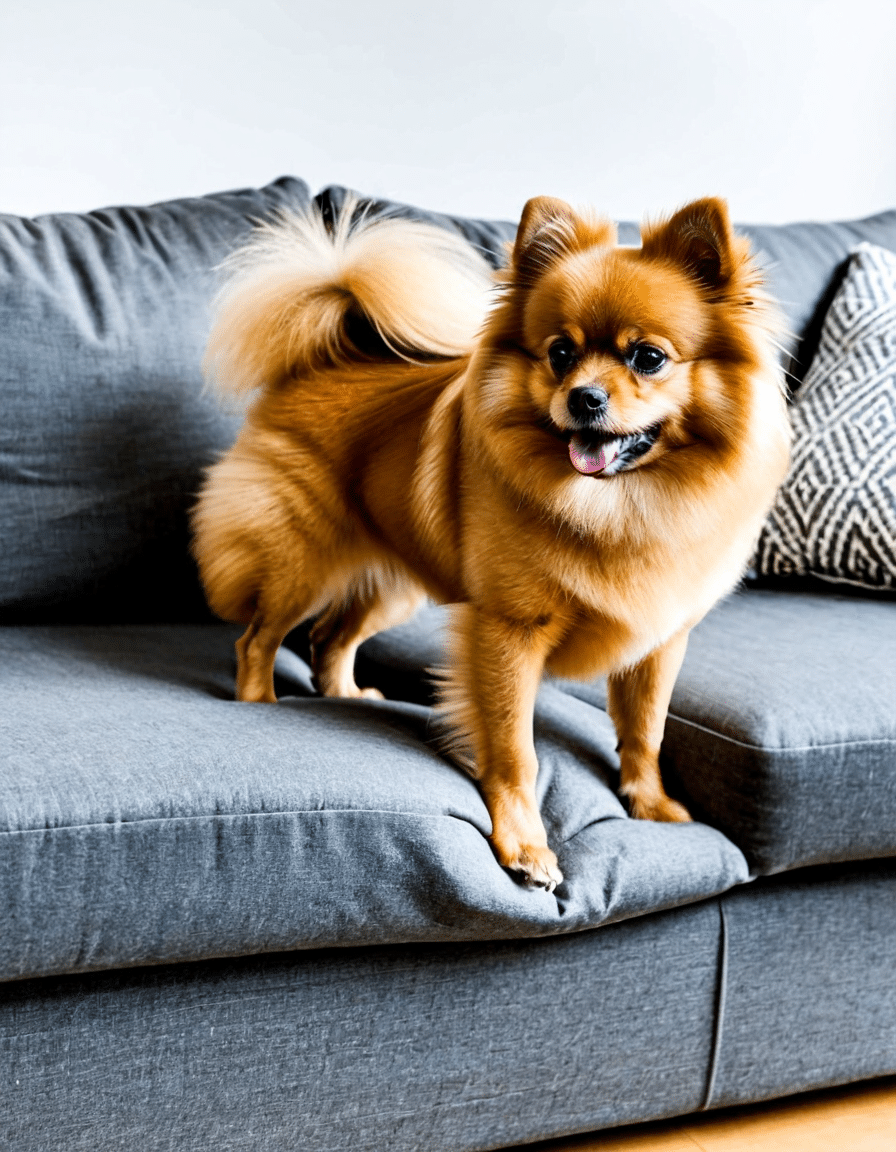
Preventative Tips for Maintaining Your Pomeranian’s Health
Maintaining your Pomeranian’s health is crucial for avoiding neck, back, and ACL issues. Here’s how you can stay ahead:
Promoting your Pom’s health through tailored, daily exercise is essential. Engage them in short, controlled walks and playtime, but be careful not to overexert them.
Maintaining an ideal weight protects your pup’s joints and spine. Consult your vet to design a diet plan that meets your Pomeranian’s needs, ensuring they have proper nutrition while avoiding obesity.
Scheduling regular vet visits helps catch early warnings. Always share behavioral changes or concerns with your veterinarian so they can provide necessary evaluations.
Taking steps to create a safe living space is imperative. Remove slippery surfaces, and provide ramps for furniture access to minimize fall risks and keep your Pomeranian injury-free.
By being observant and informed about the signs of neck or back pain in Pomeranians, you can take charge of your Pom’s health. Keeping an eye out for the above symptoms allows for early intervention, making a world of difference in your furry friend’s quality of life. A little vigilance now translates to years of joy with your beloved Pomeranian!
Here’s to keeping your pup happy and healthy! If you’re looking for more pet care tips, you can find out if quinoa is safe for dogs here. And if you ever think about expanding your family pet-wise, you might want to consider a Chihuahua mixed With Yorkie, too!
For additional information about pet care, feel free to explore resources such as understanding the cost Of horse care or checking out dog-related concerns like a cat that won’t stop crying to be let out. Each pet is unique and needs tailored attention to thrive!
Signs of Neck or Back Pain in Pomeranians You Must Notice
Being on the lookout for the signs of neck or back pain in Pomeranians is crucial for any pet owner. The little furballs might not show pain like larger breeds or even cats. In fact, if your Pomeranian starts walking gingerly or avoids jumping, it might be a subtle indication that something’s off. Just like you might notice if your cat Wo N’t stop crying To be let out, these behavioral changes deserve immediate attention. Many times, pain can manifest through reluctance to play or changes in eating habits. Always keep a keen eye out for those little clues!
It’s interesting to note that Pomeranians, with their charming personalities, can also be prone to health issues like back problems due to their unique build. They might not be tackling tough terrains like mountain goats, but their fragile spines can be impacted just from everyday play. It’s a bit like catching a glimpse of a map Of Russia—a wide area with specific regions needing attention. If your Pom flinches when you touch their neck or back or shows signs of discomfort during walking, it’s critical to evaluate them for potential pain.
Moreover, providing comfy bedding or toys might ease their discomfort. Taking a cue from the latest Patagonia Jackets, which are not just stylish but functional, consider how a warm, supportive space can make a difference for your pup. And don’t forget, just like you’d research if quinoa is safe for dogs before sharing your lunch, do your homework on what might soothe your Pomeranian’s aches. If pain persists, consulting a vet is the best course of action; after all, resolving pain is as important as staying updated on Movies coming out in December 2025 for a cozy movie night!
Lastly, keep your pet’s weight in check; extra pounds can exacerbate discomfort in their neck or back. Just as you might want to monitor options like Chase Bank personal Loans to find the best fit, being attentive to your Pomeranian’s health can lead you toward a happy, active life together. Whether it’s changing their diet or getting specialized food from a place like Virtue Feed And Grain, those little adjustments can make a world of difference. Always listen to your furry friend—after all, they might not speak, but they sure have a lot to say!
